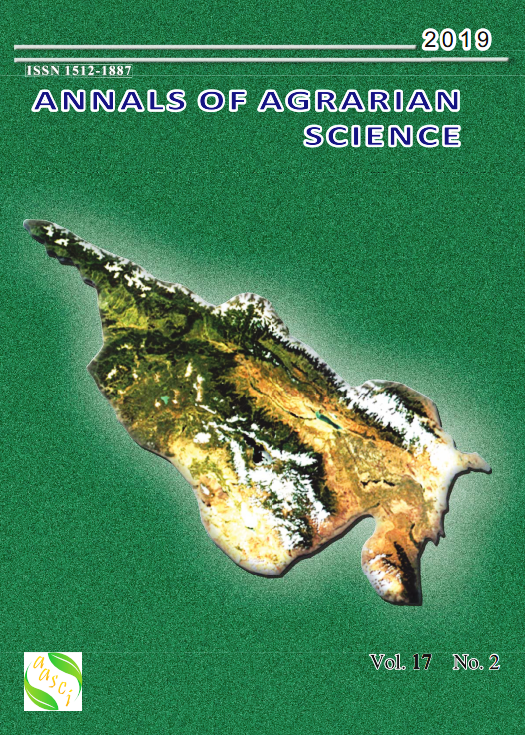Heavy metals specific proteomic responses of a highly resistant Arthrobacter globiformis 151B
Keywords:
Heavy metals, parallel experiments, bioinformatics, bacterial protein, bacterial cells, arthrobacterAbstract
The gram positive aerobic bacteria Arthrobacter globiformis 151B is a promising candidate for bioremediation of Cr(VI) and other metals ions because it exhibits resistance against high concentrations of Cr(VI) and other metallic ions. This bacterial species could reduce highly toxic and carcinogenic Cr(VI) into Cr(III). In this study, we investigated tolerance and accumulation of Cr(VI) and Zn(II) on protein level by proteomic approach. Arthrobacter globiformis 151B was grown at 3 following conditions: 1. with Cr (VI); 2. with Zn(II); 3. without Cr(VI) and Zn(II). Bacterial cells were harvested in a time dependent fashion (36, 60 and 120h after the starting of cultivation) and changes in proteome expression was analyzed using two-dimensional gel electrophoresis and liquid chromatography and mass spectrometry (LC-MS/MS) coupled with bioinformatics to identify proteins. Significant changes in protein expression included both up- and downregulation of different groups of proteins. Most remarkable changes were associated with metal-binding proteins and proteins involved in active transport. Parallel experiments with Atomic Absorption Spectroscopy revealed that reduced chromium appears mostly soluble and mainly associated with organics: especially with bacterial proteins. Our results signify that Arthrobacter globiformis 151 B is naturally equipped at the proteomic level corre-spondingly with the relevant genes, to survive extreme toxic conditions, thus has great potential for bioremediation.



